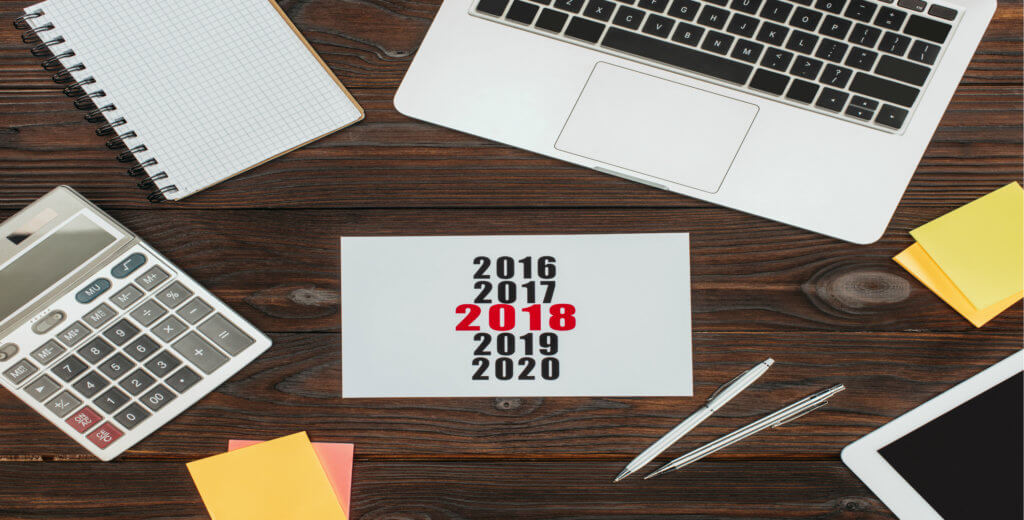Have you adopted Enterprise Asset Management as a part of the core business processes? If you haven’t, then it is time to jump on the EAM bandwagon. If you have, are you keeping up with the technological advancements that it has been witnessing of late? For example, the EAM industry is moving to the cloud but not every business has warmed up to the idea of digitizing their maintenance operation which can improve performance and profitability significantly.
The growth and profitability of asset-intensive industries mainly depend on how efficiently assets are employed. This includes maximizing asset availability, minimizing downtime and managing changeovers. Along with that, businesses should understand how the current trends tend to impact EAM.
Five asset management trends that will impact EAM.
Internet of Things (IoT)
It is true that the Internet of Things is already making its presence felt in many spheres of business. However, this year it is going to be more prevalent, mainly due to the decline in the cost of electrical devices that support IoT, such as digital cameras, GPS trackers, smart sensors, etc.
The foundational elements of Smart Cities include IoT and EAM. Both these elements monitor the conditions of all the critical infrastructure and are guided by eight principles — mobility, smart energy, buildings, infrastructure, healthcare, technology, governance and education/citizens.
Artificial intelligence (AI)
It is inevitable that smart cities would create large amounts of complex data that would require intelligent analysis. Analytics and Big Data would certainly help with that but the new player to enter the game in 2018 would be Artificial Intelligence.
AI won’t just help in improving data handling but it can be expanded to EAM systems as well. It would be possible to communicate with these systems using natural language, like asking “How many work orders do we have on track 3?” The system would then proceed to extract the data and the managers can spend time making critical business decisions, rather than running reports.
Automated Condition Assessment
In the past, we could determine the reliability of any infrastructure or equipment based on visual inspection and an accurate estimation of a condition rating. This was efficient but came with a set of limitations:
a) It was time-consuming
b) It varied by inspector
c) It provided incomplete information
The answer to this was an Automated condition rating, which would see a rise in 2018. This assessment would be based on digital image analysis and it can be accomplished via mobile devices, drones, and other methods, which could prove extremely handy as the use of these devices is expected to explode this year.
Industry Specialization
Enterprise Asset Management must be relevant and serve the purpose of the industry’s needs. For example, if you are a part of the chemical industry, your asset management software must help meet the regulatory and compliance mandates in an efficient manner, companies in the industrial manufacturing sector need the ability to predict future capital allocations and their impact, and the food and beverage industry requires the EAM to empower businesses to respond to changing customer demands while optimizing recipes/formulas and minimizing waste due to shelf-life issues.
Scalability
The software systems that are applicable in the modern world must be capable of scaling in order to accommodate the demands of unprecedented growth that we would witness throughout multiple business verticals this year. The platform must offer high uptime along with an ability to handle elastic demand. The modern architecture and innovative solutions would scale to add computing power as needed.
If you are looking to take your business to the next level, you must harness the potential of these 5 trends this year. For more details on how an Enterprise Asset Management system can help or scale your business, contact NEXGEN Asset Management and we would be glad to help you with any of your queries.





